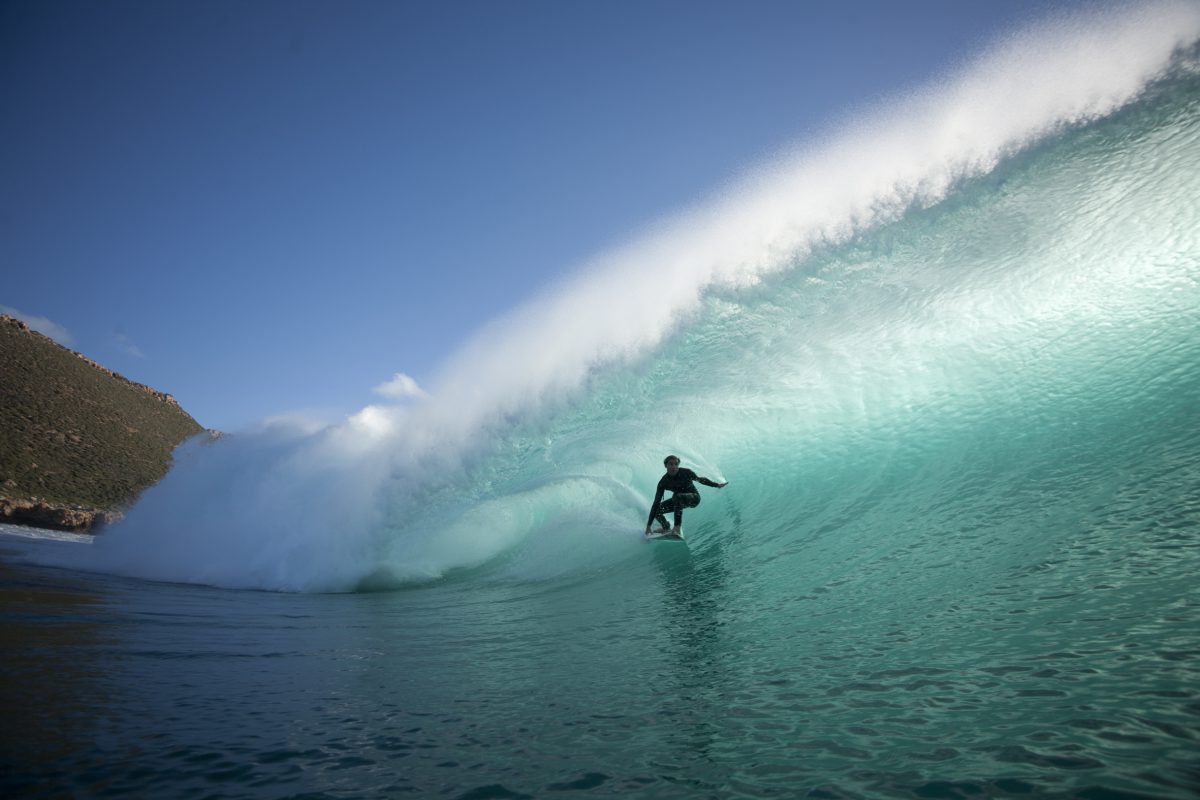
Work With The Patterns
8th Mar 2016
Late in 2015, I published ‘Three Things I’ve Learned This Year’. The most popular of those three with readers was the idea of ‘Be The Flower, Not The Bee’. In essence, strive less. I’m going to build on that idea here by showing you how to see and work with patterns to be more effective with less effort.
One of my favourite movies is ‘Surf’s Up’. It’s about a penguin wannabe surfer, Cody Maverick, who finds himself in the thick of the action at a world surf contest. He gets himself a mentor in Big Z, a legend of surfing in days gone by. Big Z has some wisdom for Cody:
“You let the wave do the work. You don’t fight the wave. You can’t fight these big waves.”
Head to any surfing beach and you’ll see this in action. Experienced surfers won’t rush out there. They’ll first spend time on the beach observing the patterns of the waves, the currents and tides before heading out. In the water, they’re the ones who make it look effortless. Using their understanding of the patterns at play, they’ll always be in the right position, letting the wave come to them, and using the wave’s energy to generate huge board speed with minimal effort. Less experienced surfers will more likely miss the nuances of the patterns. They might get waves, but it’ll be harder work.
It’s a metaphor for all arenas, right? Your organisation, your industry, society, culture: they are all “big waves” in a complex system with their own direction and powerful energy. Trying to change them with brute force doesn’t work. You can’t fight these big waves.
But what you can do is learn to see how they work. The patterns at play. The predominant thinking. The trends. And you can deliberately work with those forces to do your thing.
Here’s an example. One of my clients is a fairly hierarchical, process-bound, government agency. They’ve contracted me to bring fresh thinking and new ways of doing things in the leadership development space. The idea being that some outside perspective is a good thing. It’s also fraught with potential difficulty, with the possible clash between my ideas and their current ways of doing things.
How do I make that work? Well, I don’t have the luxury to “stand on the beach” and wander around and get to know the culture – they aren’t paying me for that. And diving straight in could end in tears.
Instead, I do my work by thinking through two ‘lenses’ at the same time:
Task: The first is the ‘task’ lens – in this case, to design and deliver a leadership development programme with the client. In the surfing metaphor, that would be to ‘catch some waves’. That’s what I’m there for.
Patterns: The second is the ‘patterns’ lens. As I do the ‘task’ work, I’m acutely listening and looking for signs that tell me about the culture, the ways of working, the predominant thinking in the organisation. I’ll test my ideas and observe people respond. I’ll notice where ideas get traction, and where they hit roadblocks. I might even simply ask: “how does stuff get done around here?” The more I understand and learn to work with these patterns, the more likely I’ll be able to contribute to a positive and lasting impact. Which, in fact, is what I’m hearing is happening. Nice.
In complex environments, where all is not as it first appears to be, it pays to have two sets of lenses. Imagine a pair of binoculars. Use them the usual way, you get super-focused on the details. Turn them around, you get the big picture. Remember, you always have both ways at your disposal.
Here are some ‘patterns’ questions for you to ask as you go about your day-to-day work:
- What are the forces at play right now that are influencing what people choose to do and say, or not do and say?
- Under what conditions do things seem to flow easily, where work just gets done? Under what conditions does the opposite happen?
- What are the rules of the game here? What assumptions or beliefs do people hold that influence their behaviours?
- What are the “no-go areas” – the lines that shall not be crossed?
Listen for words, look for body language. Notice what you notice. Write it down. Stand back from your thoughts and look for the patterns. Over time, with practice, you’ll develop an instinct for it. And that’s how you’ll thrive in your own turbulent arena.
For more good thinking on this idea, check out my colleague Pete Holliday’s post on What leaders can learn about mastering VUCA from surfing. Also, check out my post “Are you trying too hard?” for some metrics on what happens when you stop striving.
For more amazing surf photos like the one here, visit my brother’s site jamiescottimages.com
Like this post? You’re only getting half the story. Sign up to my ‘Fresh Thinking’ newsletter, delivered monthly to your inbox.


6 thoughts on “Work With The Patterns”
Comments are closed.